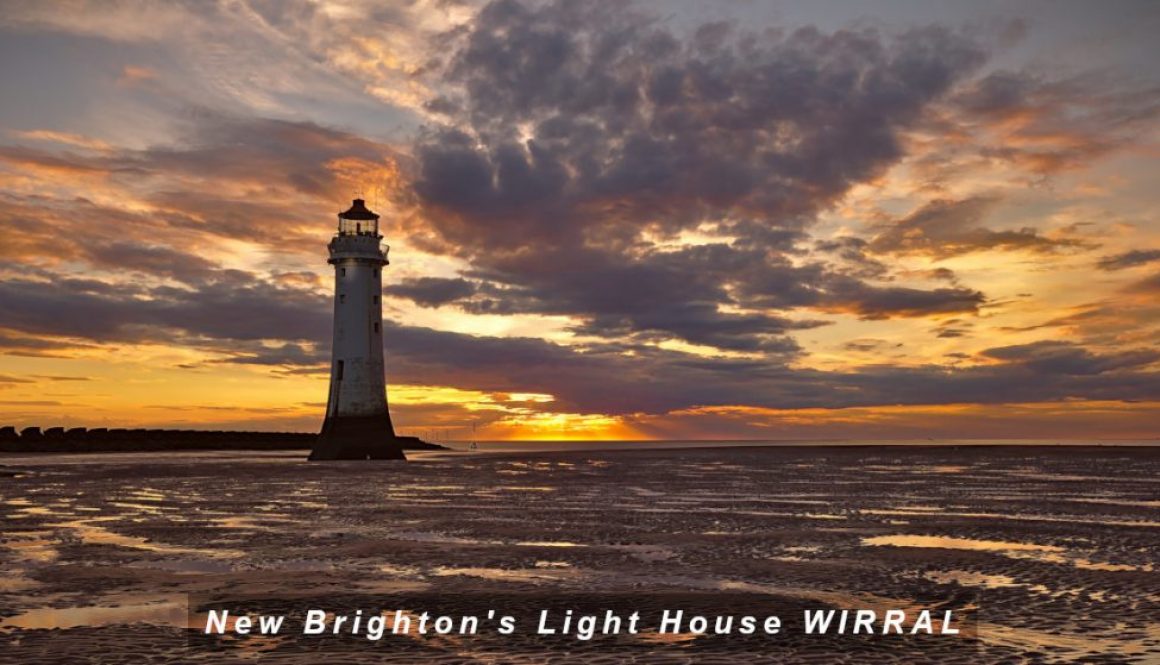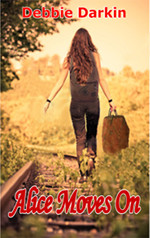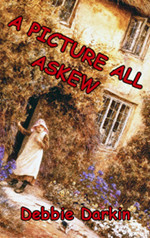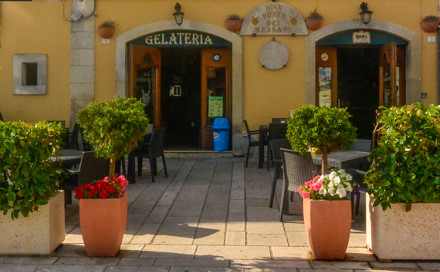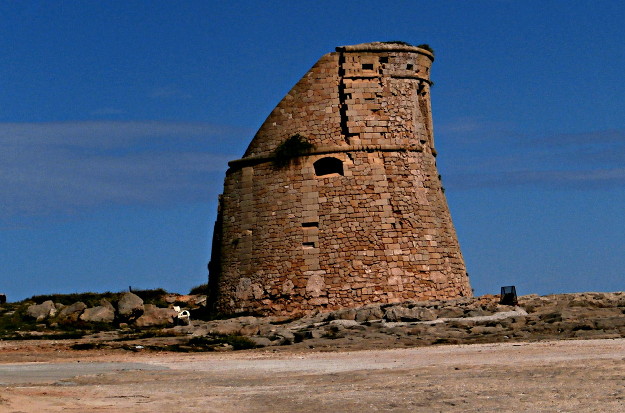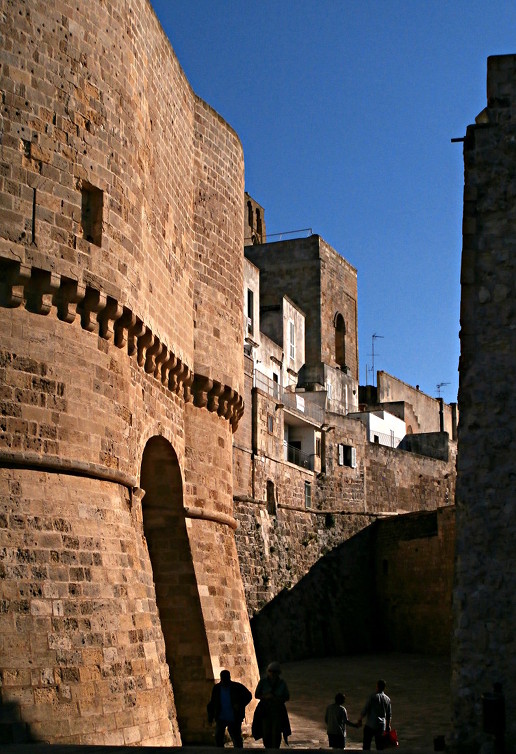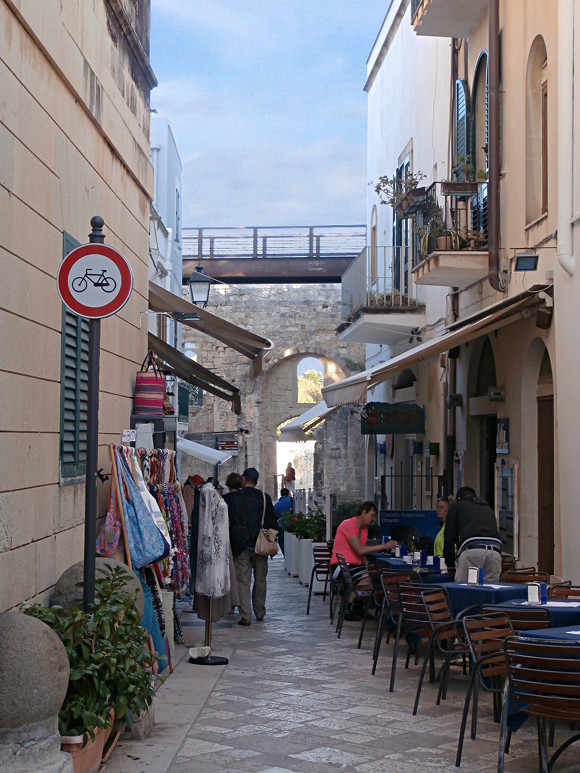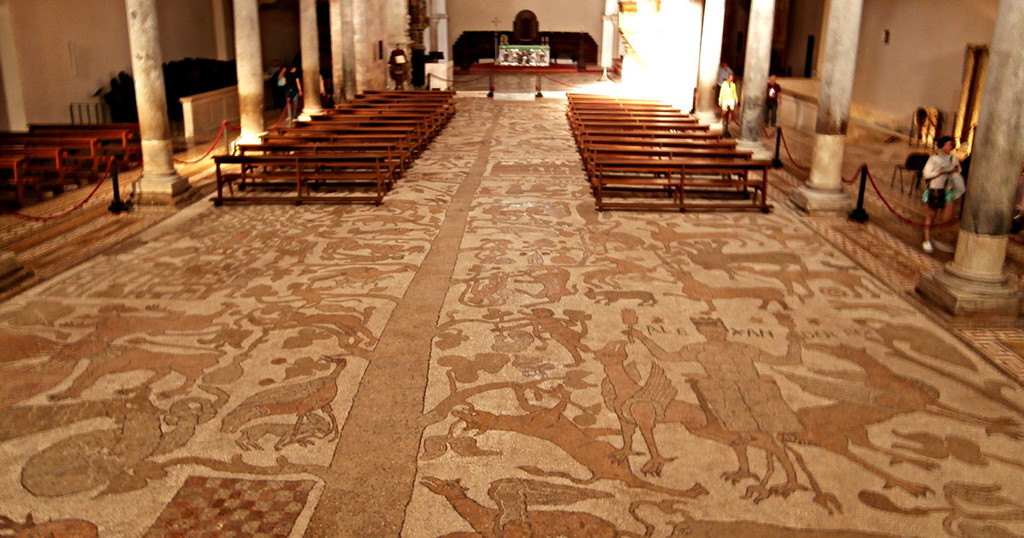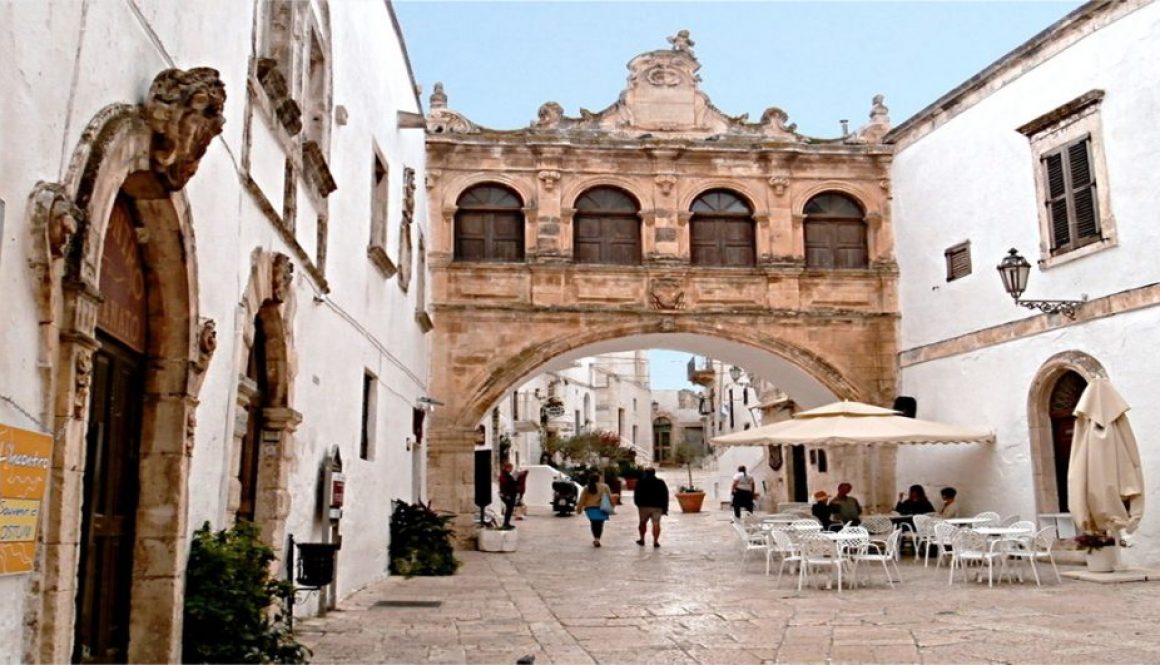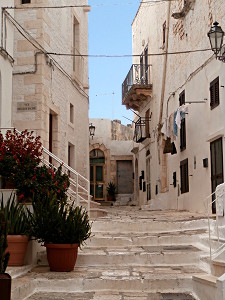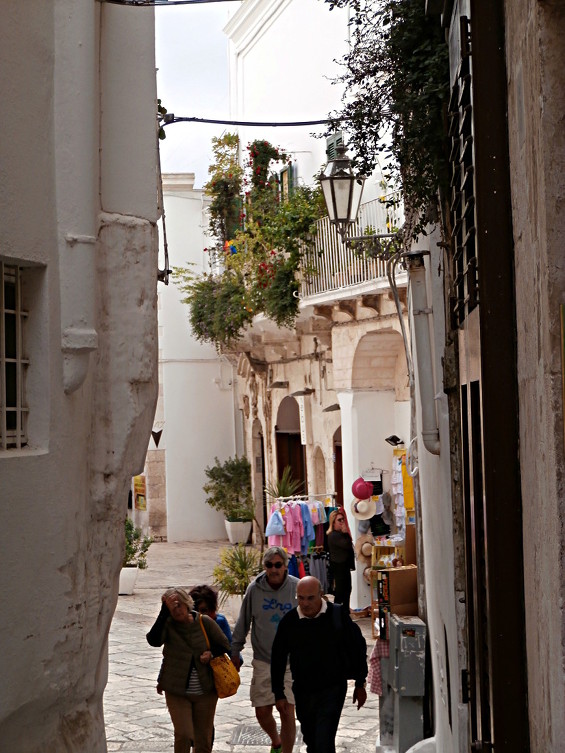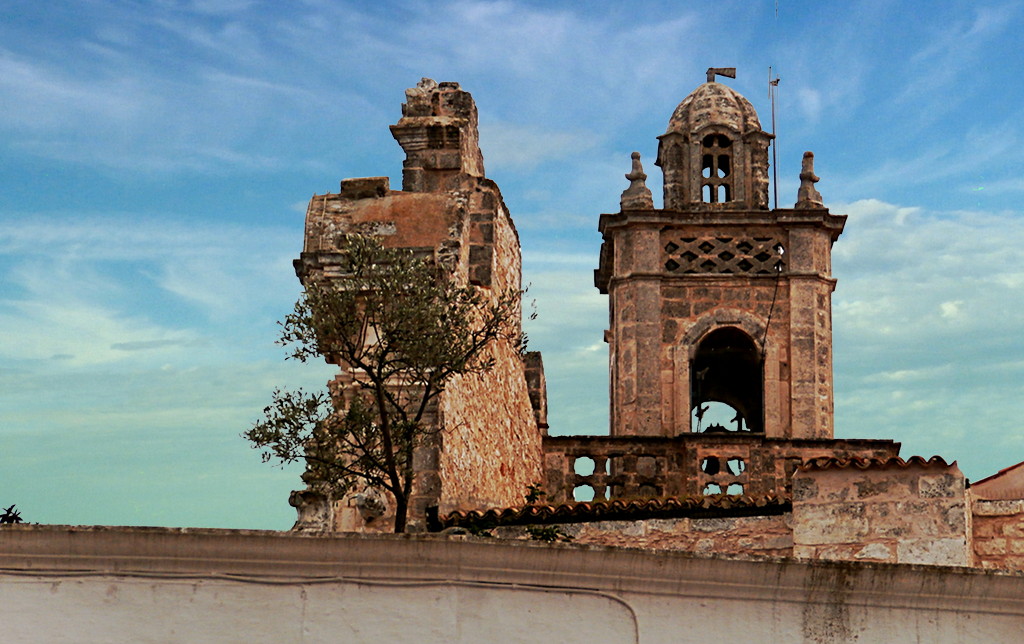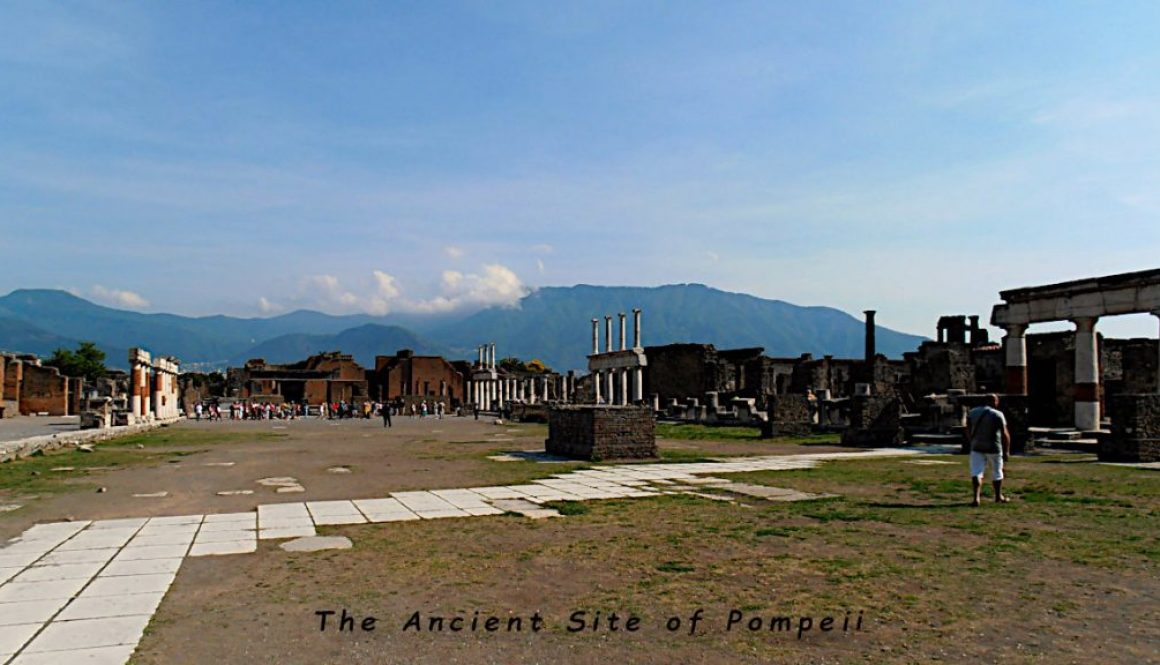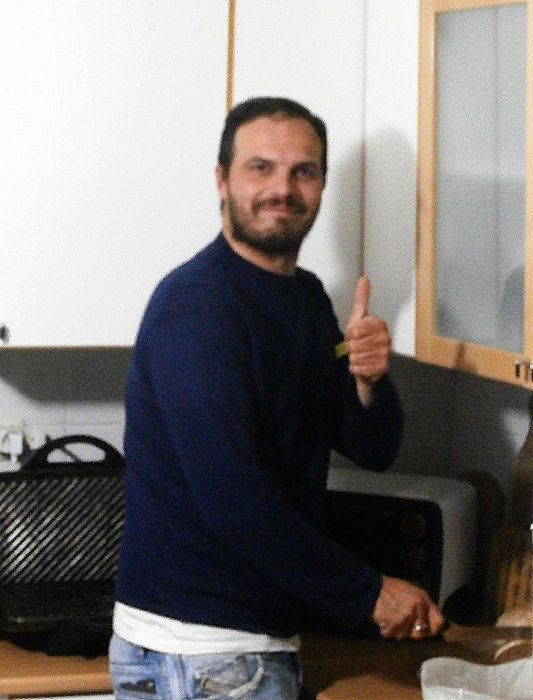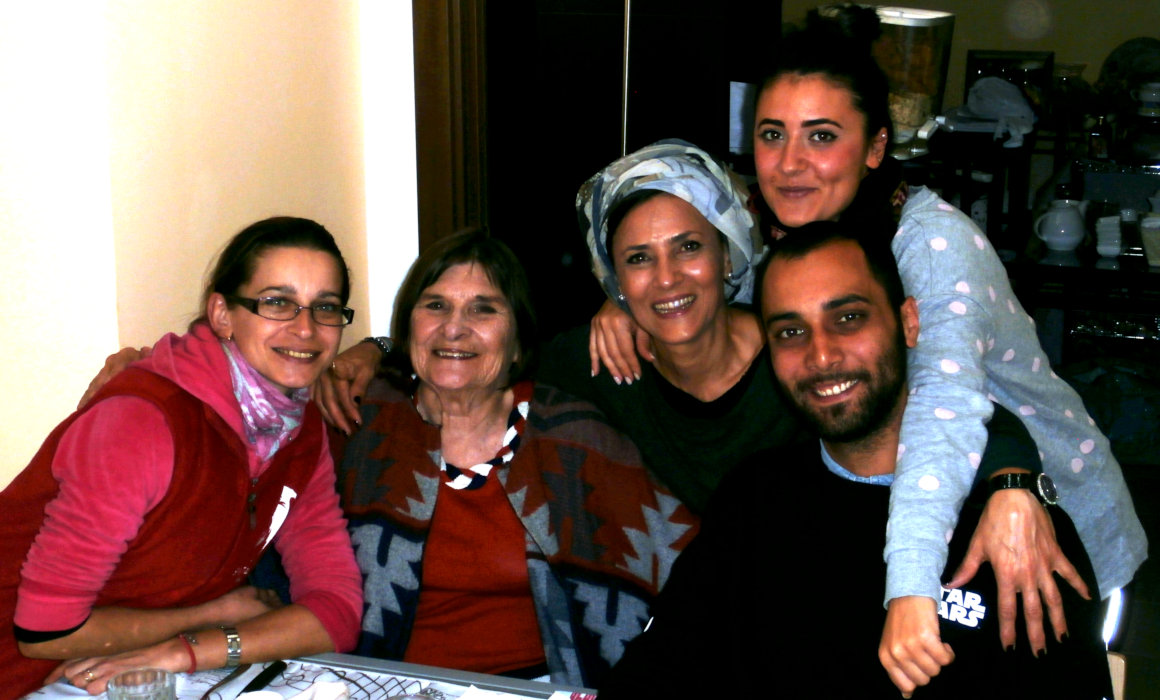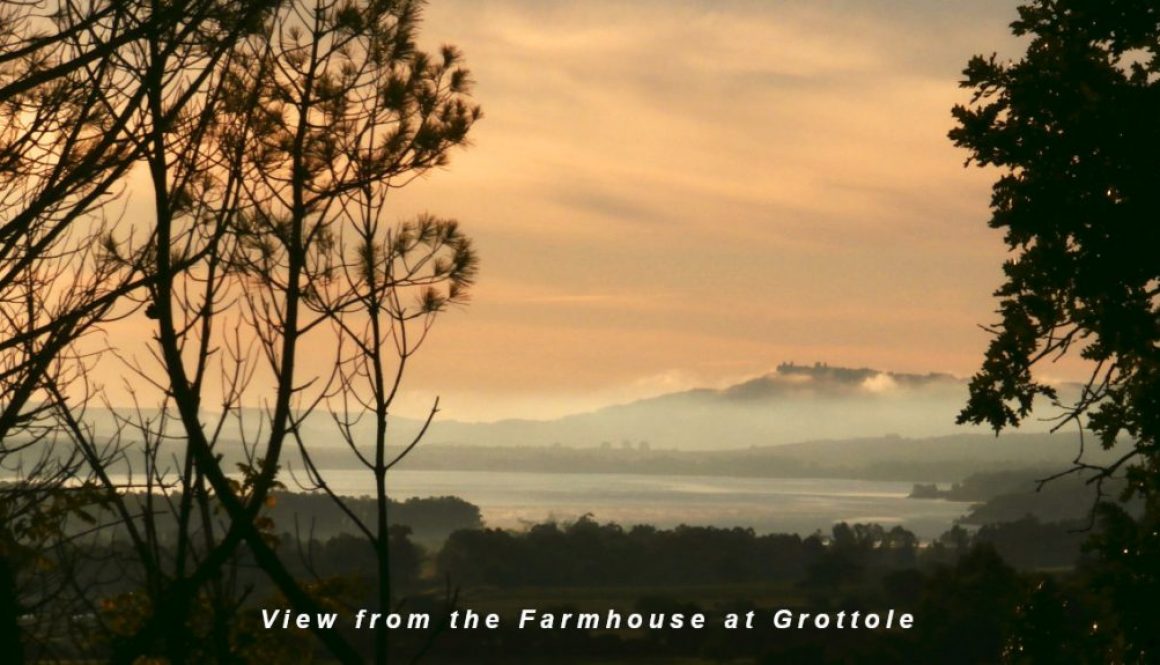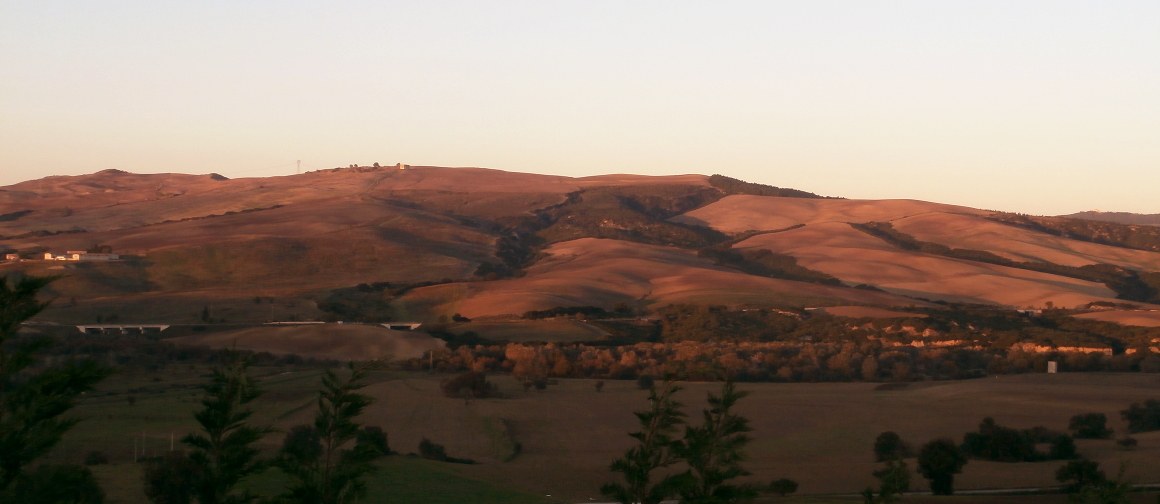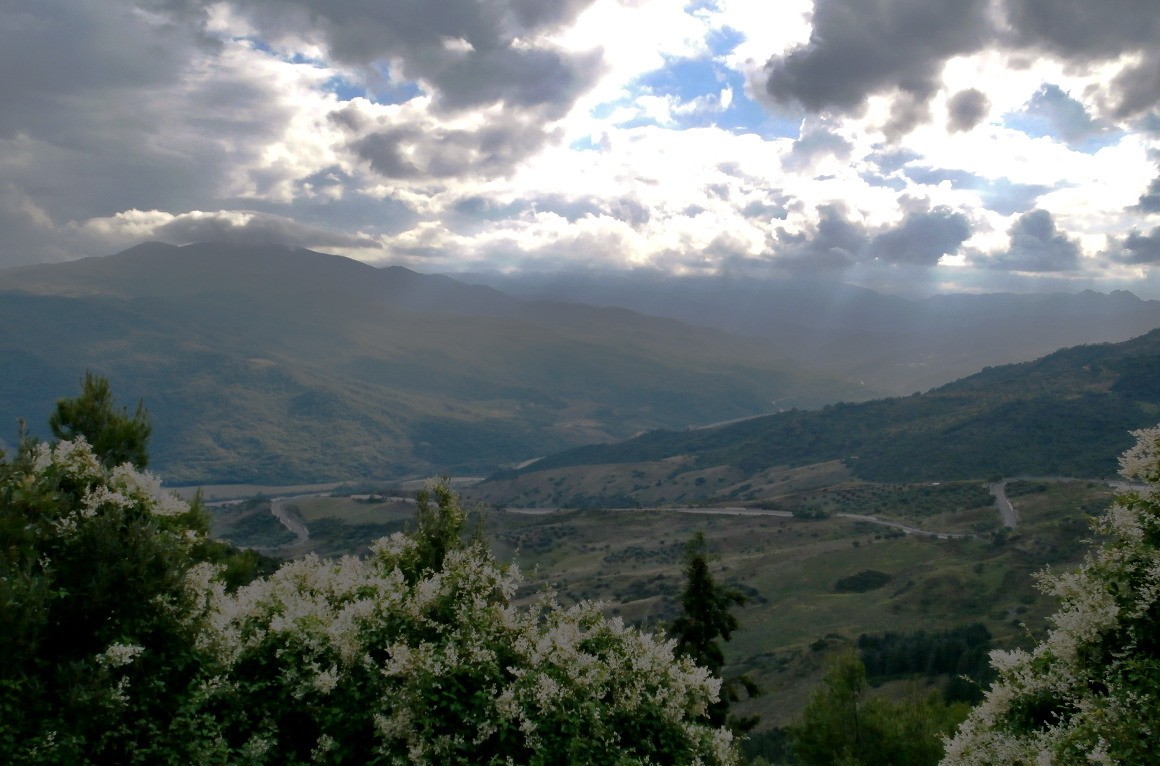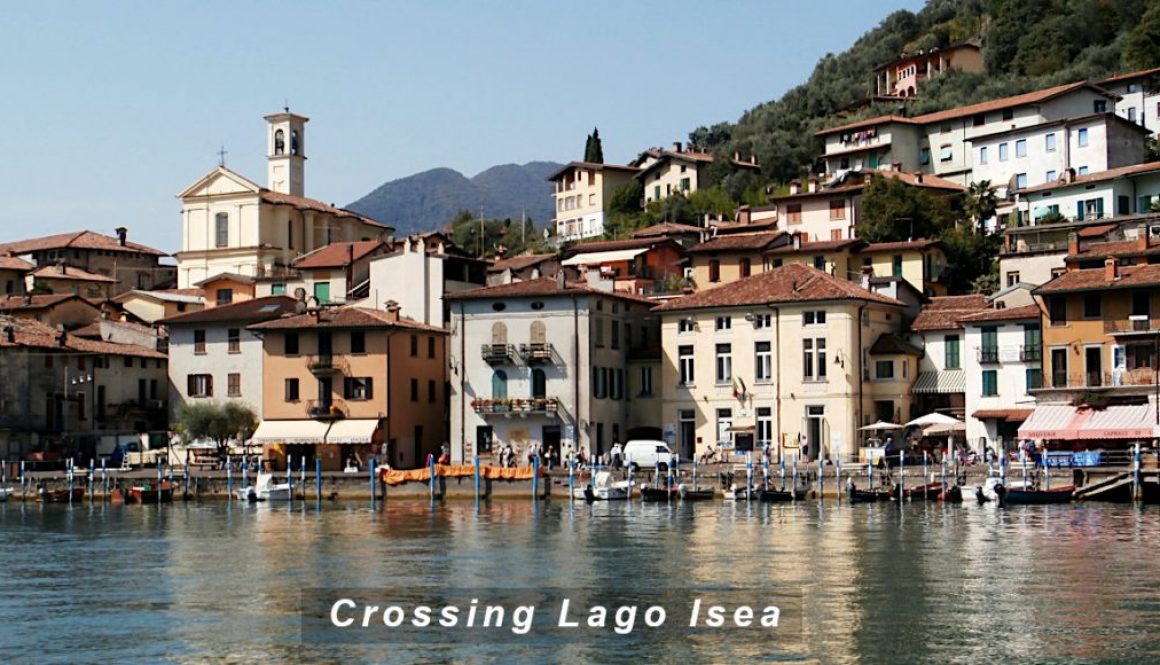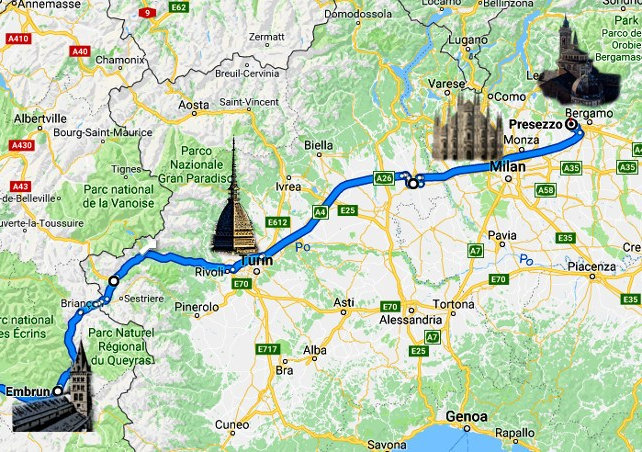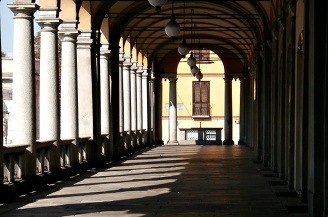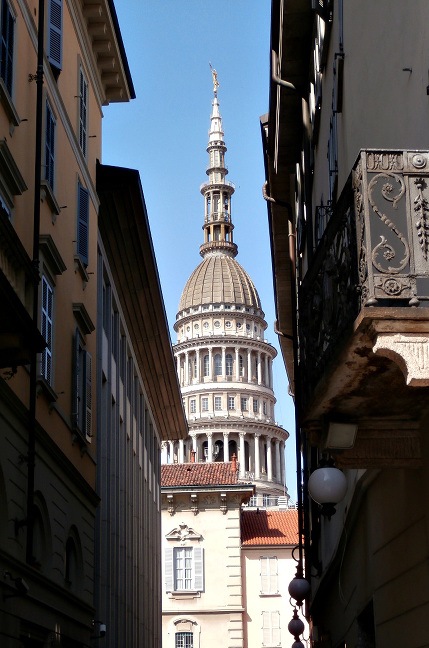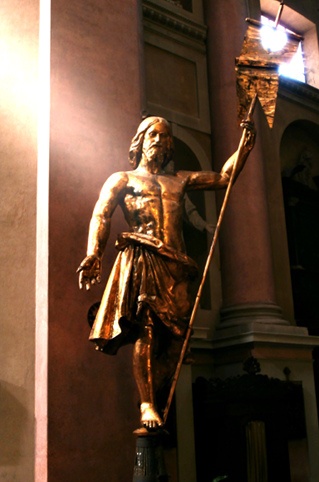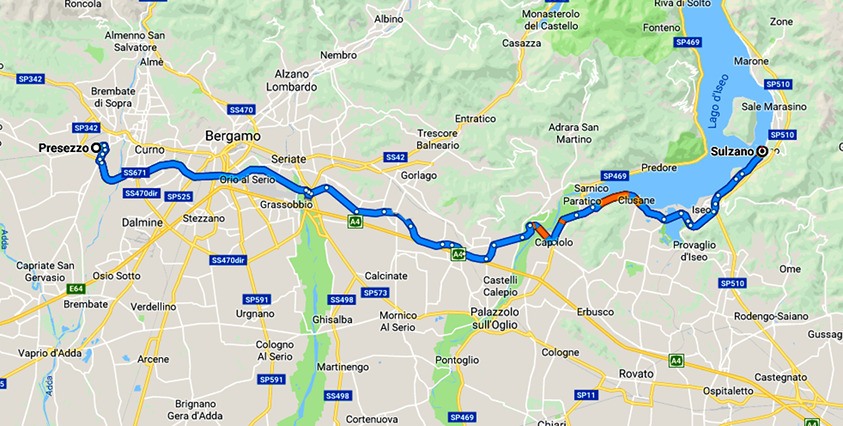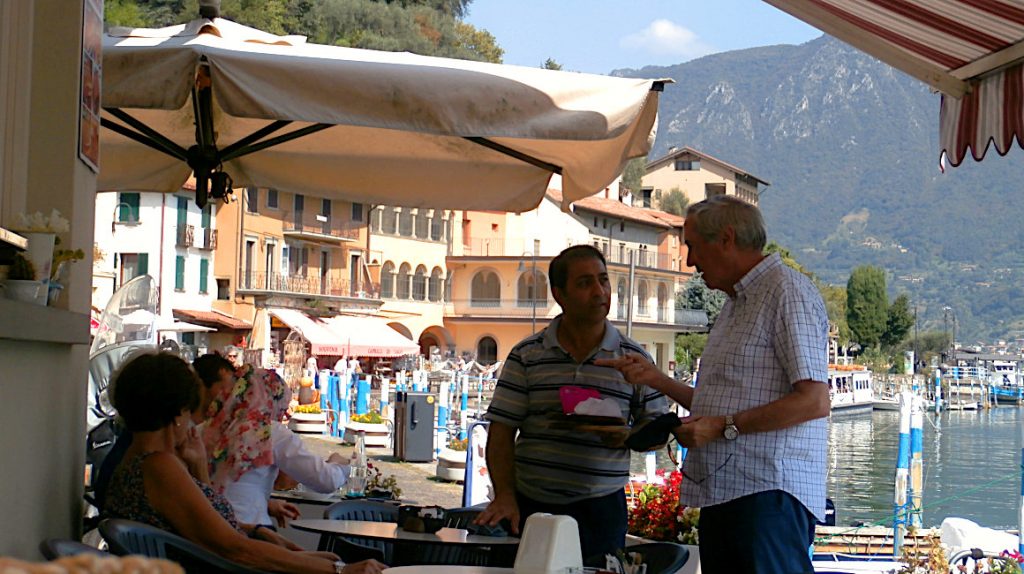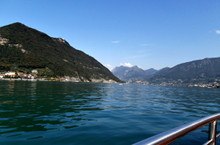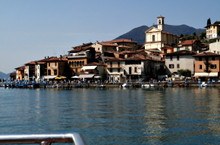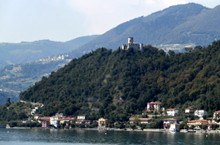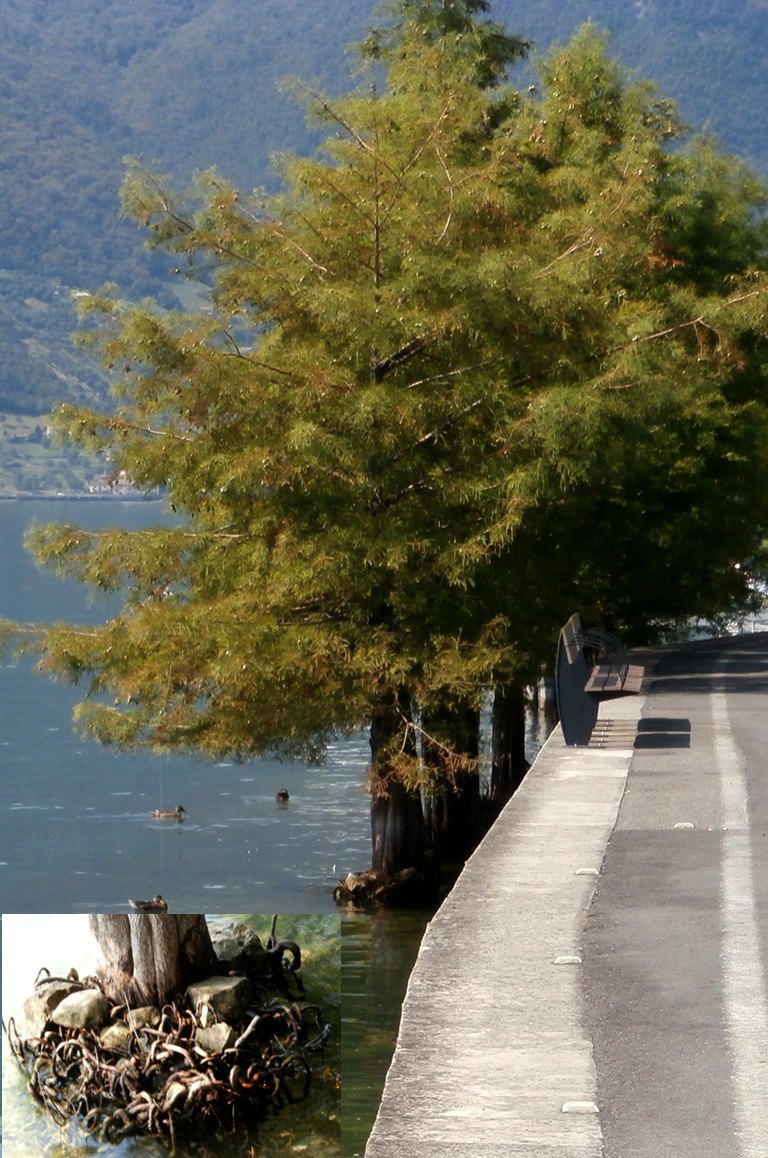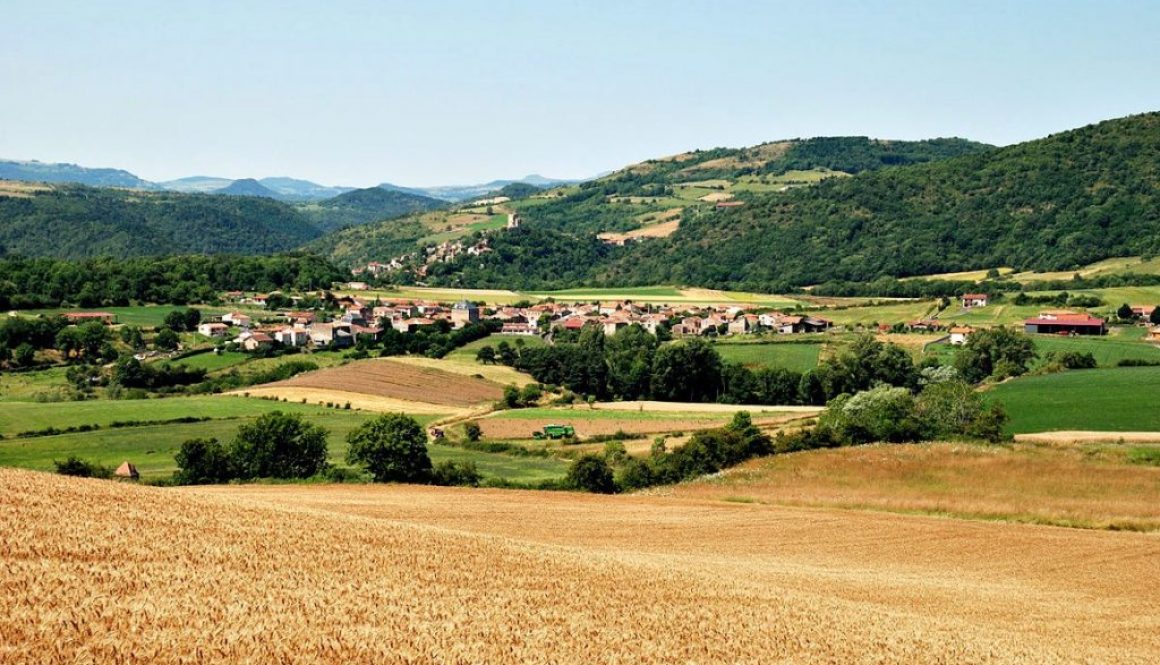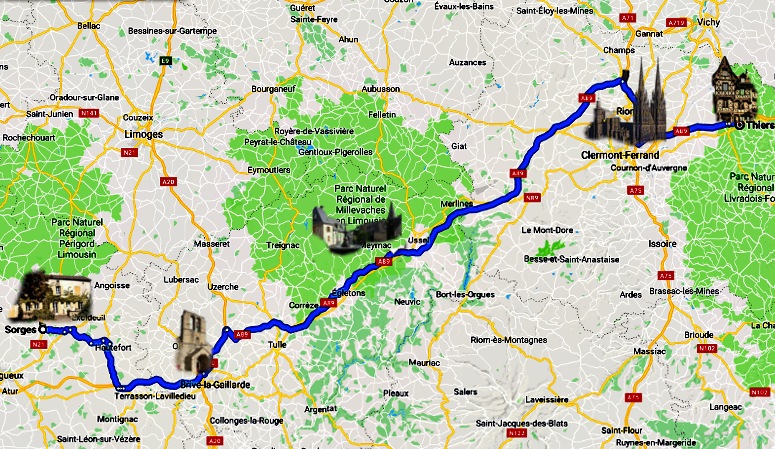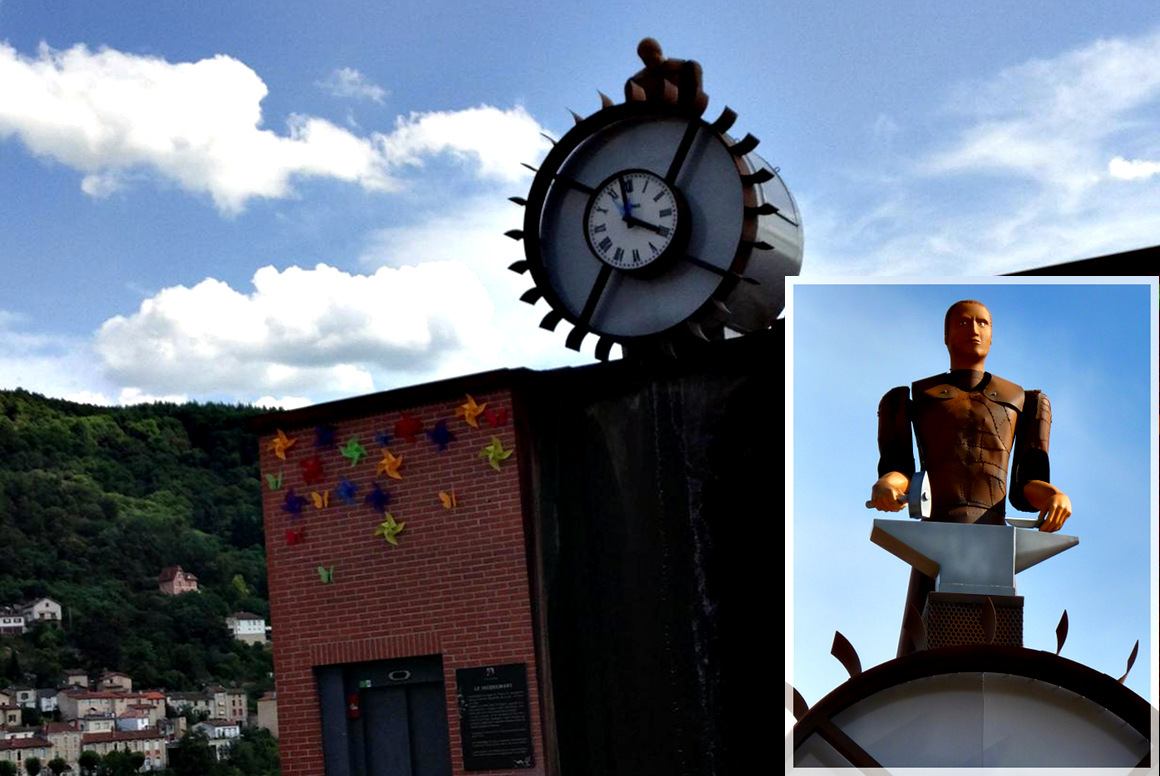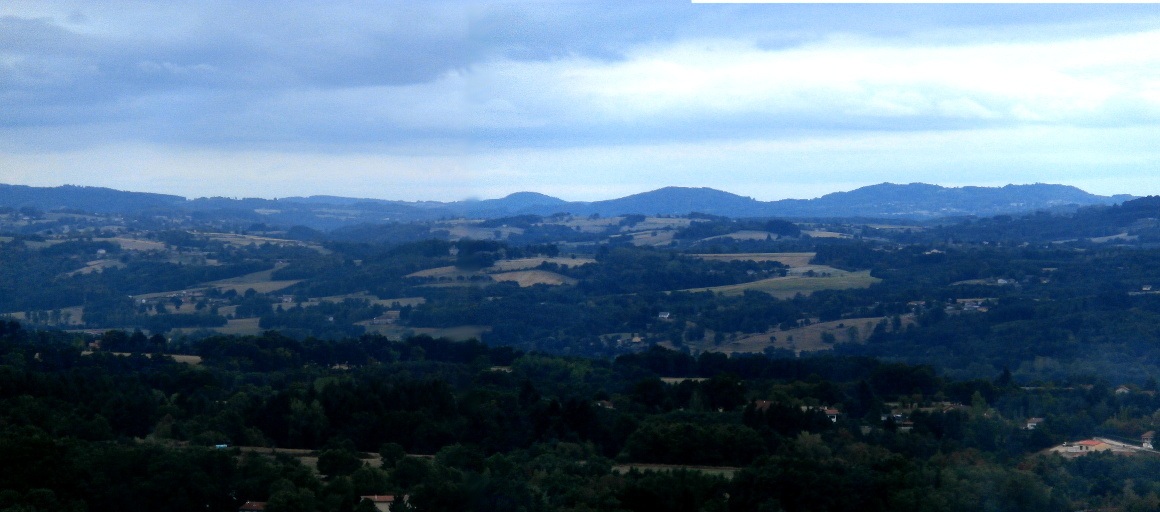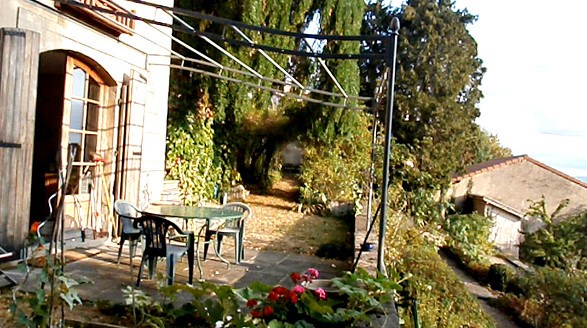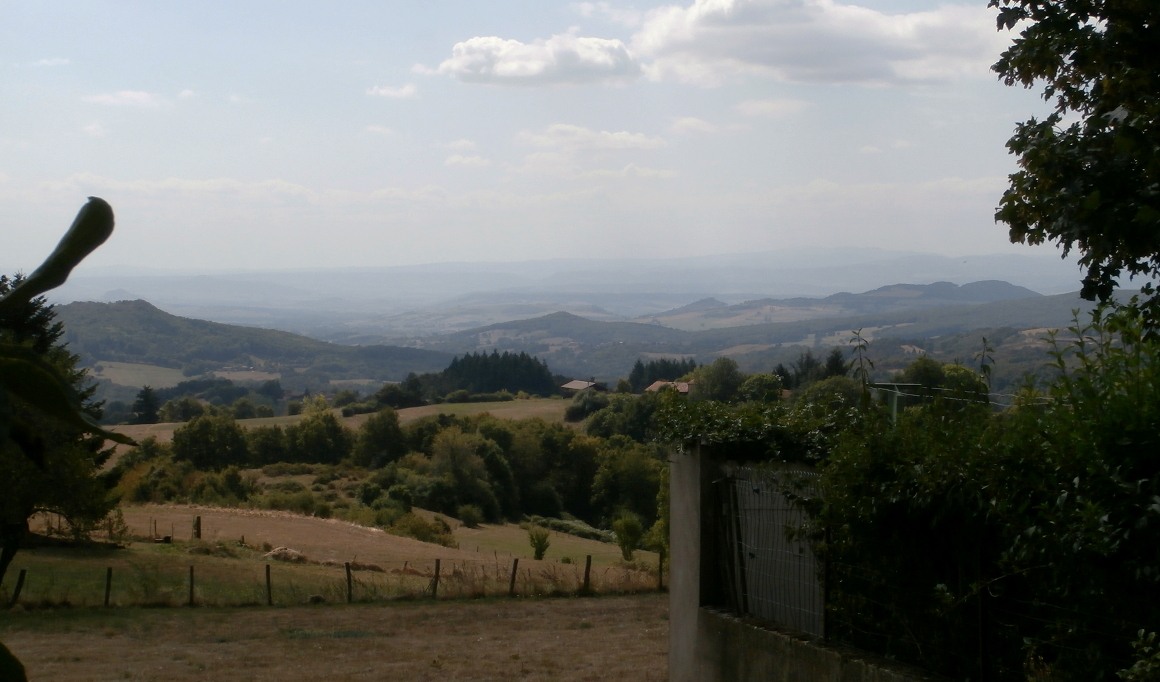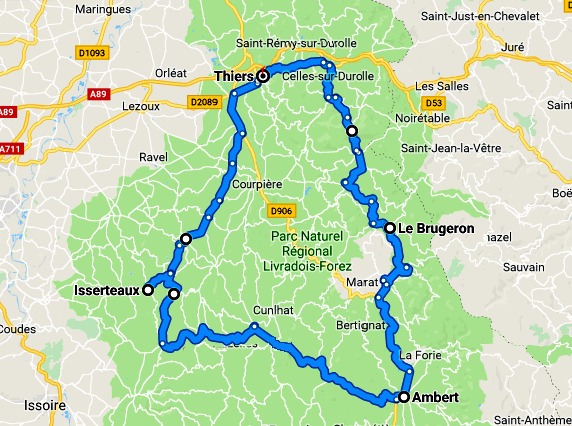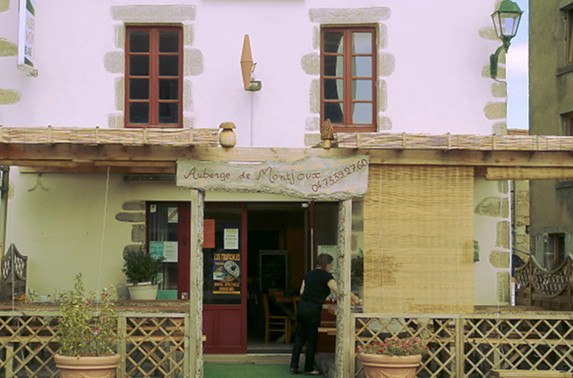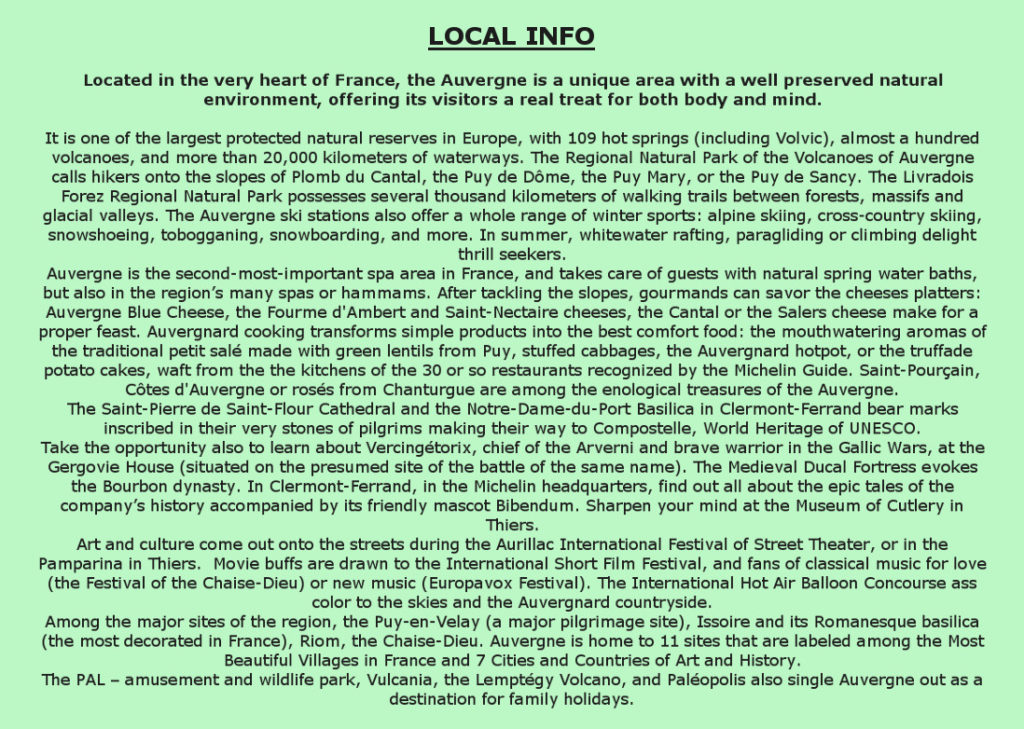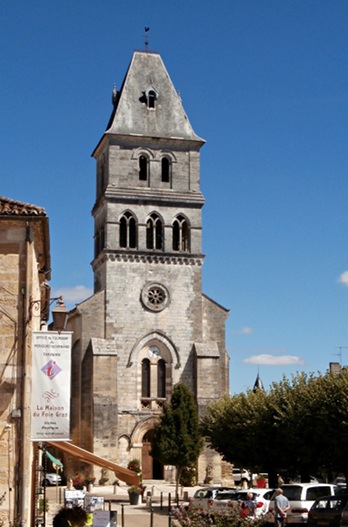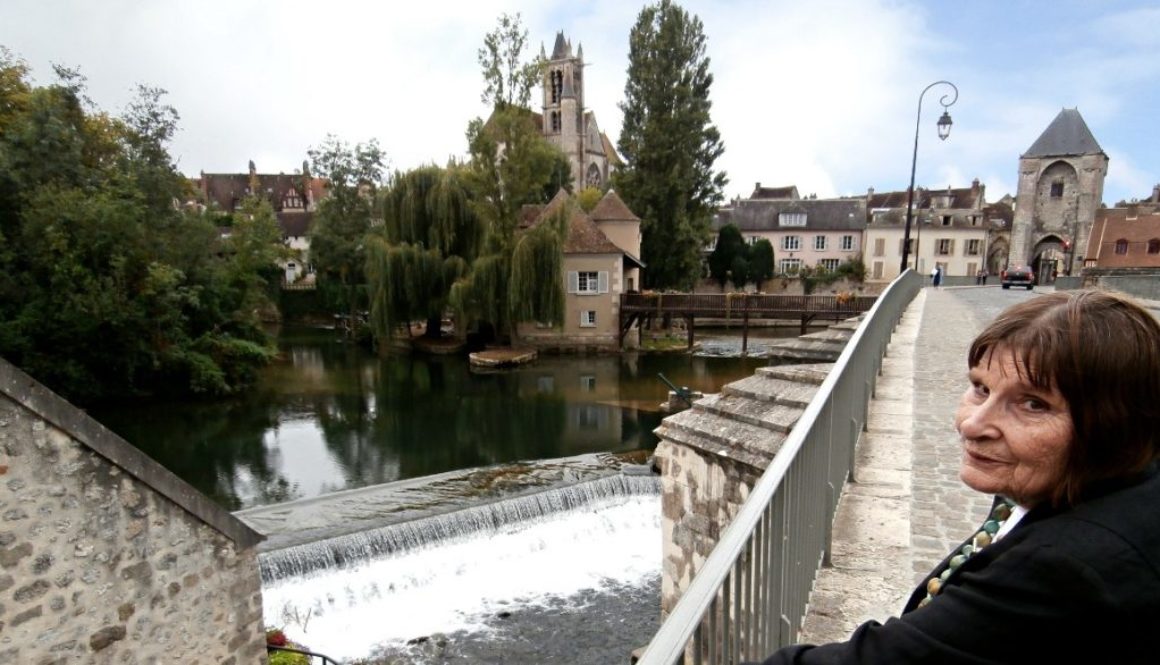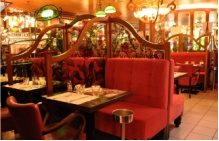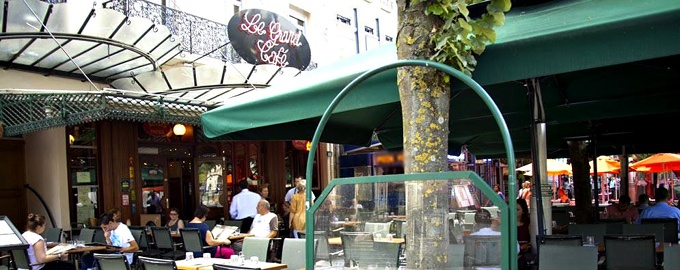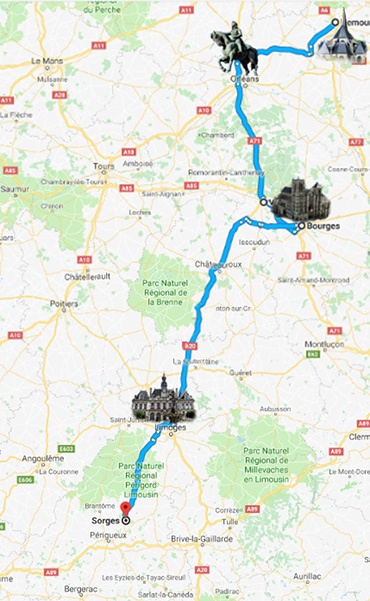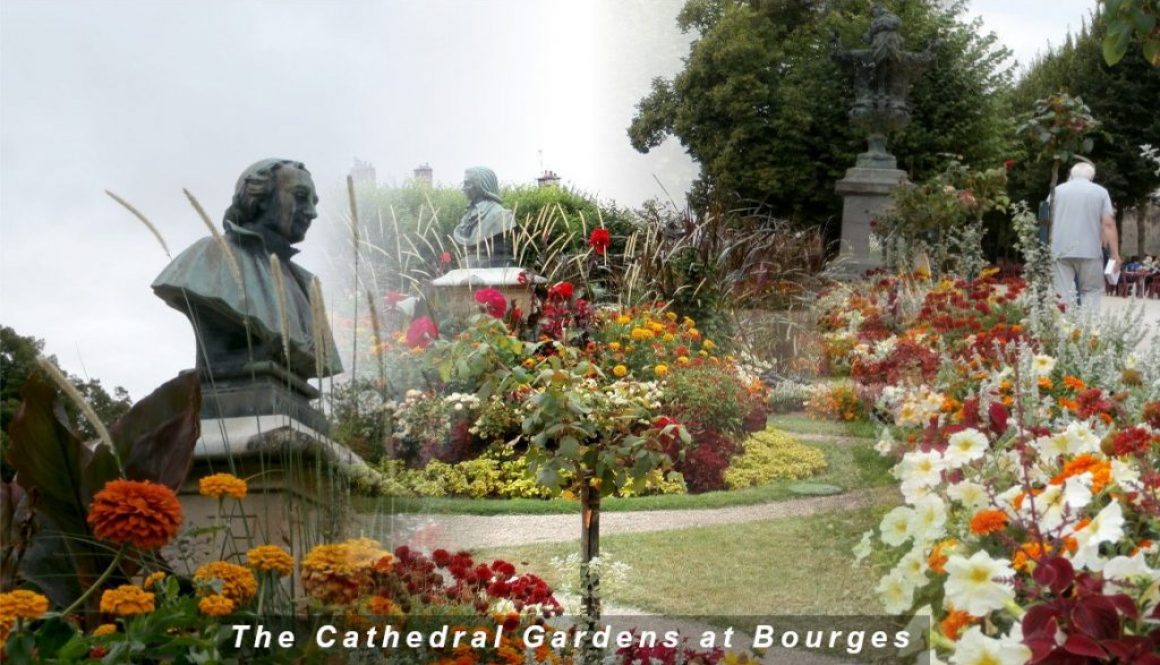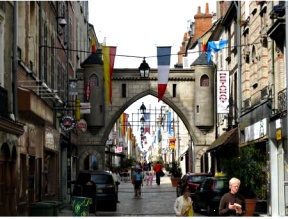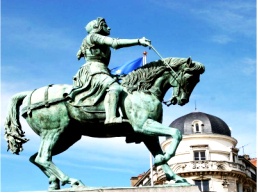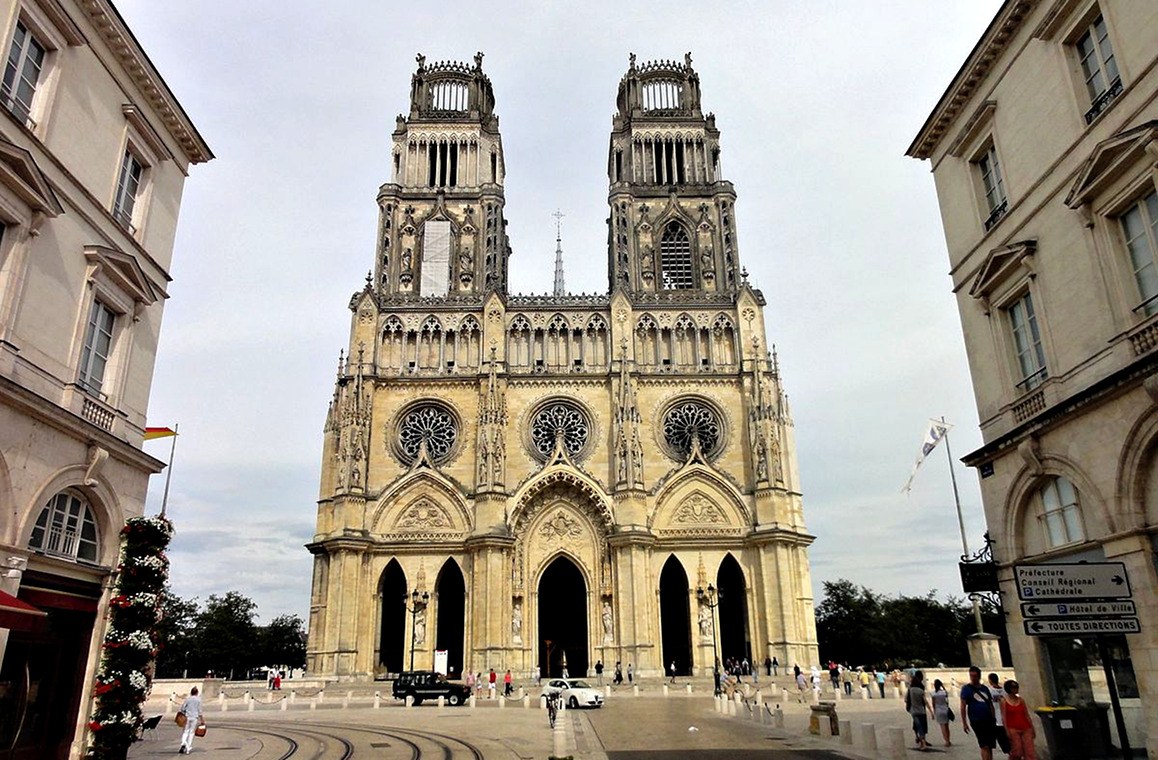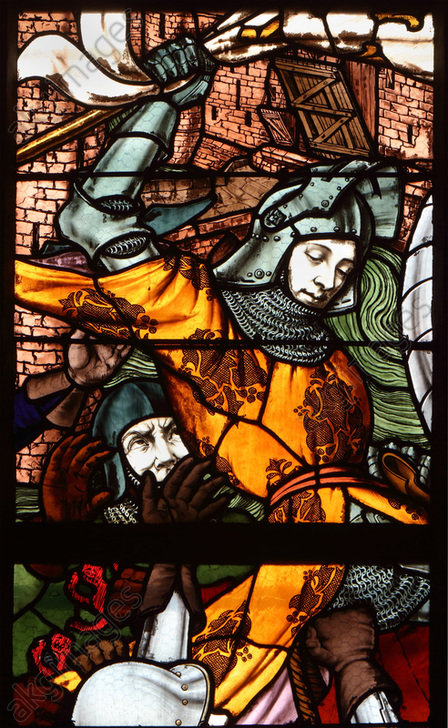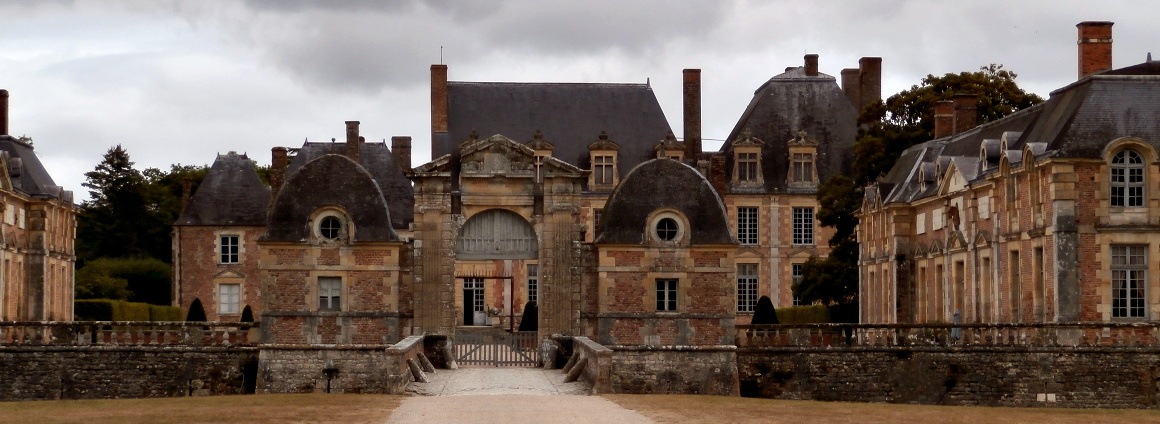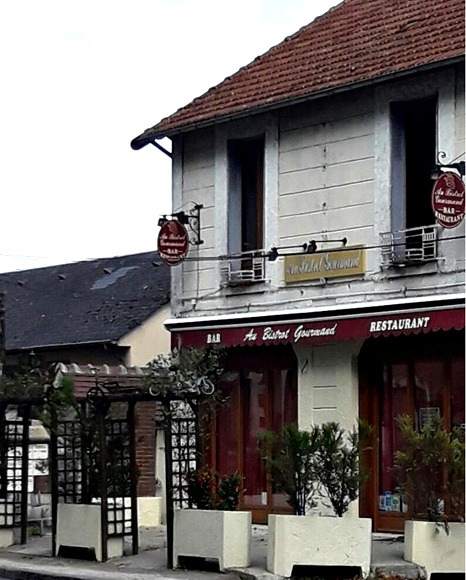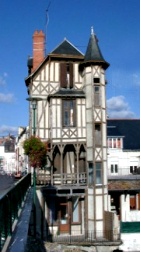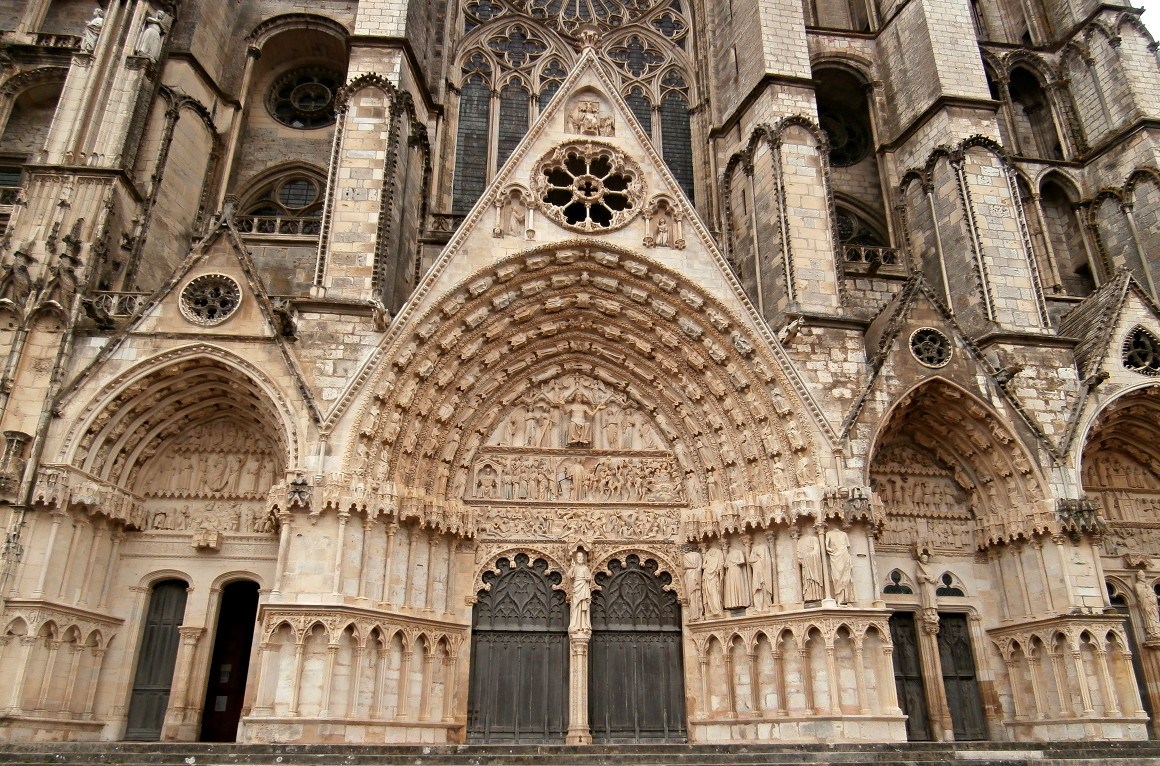TOURING FRANCE IN MAY 2018
WIRRAL- M25 –FOLKESTONE
1st MAY:
BUSY M6 IS NOT ALWAYS FASTEST
We left our home on the Wirral at about 10.00am on a Tuesday morning to start our holiday touring France: May Day 2018, to be precise. Woman’s Hour had just started on our car radio. We enjoyed the fresh yellowy-green of the new leaves on the trees lining our route on our comfortable local M53. Then we veered off onto our chosen ‘country’ route (the A51.)
We went through pretty villages all the way to Stone, where we changed to the M6 toll (worth the charge). The exit would join us up with the M40.
WRONG TURNING – GRAHAM OR MISS SATNAV?
Only it didn’t – because Graham took the wrong turning and we were heading for the M1… However, it took less than an hour to weave our way back, and all went well until we reluctantly entered the M25.
M25 – REALLY, TRULY – AVOID THE RUSH HOURS!
The delay had landed us into the evening rush hour. Of course, a measure of frustration, but it could have been worse, and we arrived at Folkestone around 7pm.
FOLKSTONE – FIRST STOP
I had decided to spend the first night in Folkestone in order to catch the 10.40am Dover to Calais ferry. DFDS offered the best crossing price,and in Folkestone I found a really cheap hotel for the overnight stop. Dover tends to be more expensive, and I like to save money on the first and last legs of our journeys, when we are intent on ‘getting somewhere’.
FOLKESTONE
FOLKESTONE deserves to be written of in its own right. This is a ‘special’ town in my estimation.
We entered via the ‘posh’ end; well preserved Victorian boarding houses and streets of impressive family homes. The road in was interspersed with beds of tulips – either red and yellow variety or pink. I cannot remember – only that they showed this town was not down-at-heel, as we had sadly found Hastings to be the previous autumn.
BRAVE SURVIVORS OF THE BATTLE OF BRITAIN:
We were booked in at the grandly named Carlton Hotel. We discovered it to be one of the two very early Victorian survivors standing like two sound front teeth at the front of a mouth full of stumps and gaps. The ‘stumps’ were rather ugly in-fills of the 1950’s and ‘60’s. These two old, tall white buildings had obviously once been part of a grand terrace that ran along the very top of the white cliffs. They were conveniently above the lift and the funicular railway that took the residents down to the shingle beach far below.
AN EXCELLENT MIDDLE-EASTERN MEAL.
We checked in, and immediately went in search of food. We walked down ‘into town’. Only I imagine it wasn’t, because it was empty at eight pm, and we saw no restaurants. After walking several streets we turned back up to the clifftop and our hotel.
On the corner we spotted a Middle Eastern restaurant. Okay, not the hearty steak I was visualising – but we like Arab food. The place looked cheerily colourful.
As soon as we crossed the threshold we were greeted with a wide smile and words of welcome, and shown to a pretty little inlaid table. Immediately iced water and a tray of nibbles was set before us, followed by the menus.
From first to last, this was the most delicious Middle Eastern meal we had ever eaten, we agreed. We left the girl a generous tip, and went up to thank the chefs cooking in full view. We have vowed that if we are able to return to Folkestone we will certainly book a table at this resturant:
Aspendos Turkish Restaurant, West Terrace, Folkestone. 01303 241688
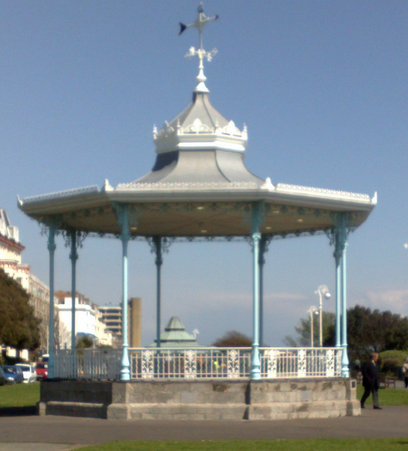
I IMAGINE THE PAST GLORIES OF THIS ROAD
We decided to walk off our meal by exploring the cliff-top path that ran close by our hotel’s road.
In my mind’s eye I could trace that grass-fronted terrace right down to the West end. I imagined pretty Regency hostelries, because, still intact, an exquisitely delicate Regency bandstand still graced the lawn at the cliff edge. (I imagine it must have been removed to a safe place during the wars, and replaced later.)
FOLKESTONE REMEMBERS
At the other end of the terrace, we were surprised, on a late evening walk, to arrive at a quite large paved square. It contained chairs built in along its walls on one side: A very high, very thin arch of polished steel dominated it. Upon closer inspection, this was studded with jewel-like tiny lights, or reflectors – I cannot quite remember which.
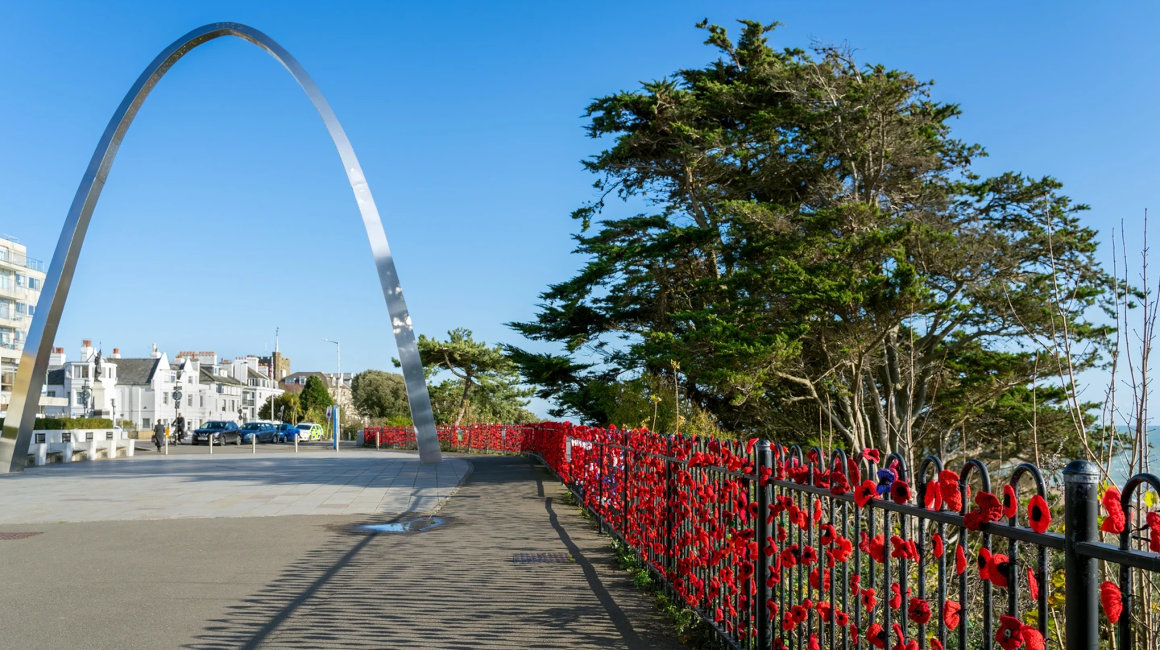
THE BRAVE BOYS OF THE RAF
We discovered a plaque nearby. It told us that this was Folkestone’s tribute to all the brave boys of our RAF Fighter Squadrons, who daily and nightly fought and died – often in front of the sight of the town.
These young men (some teenagers) were not only fending off German bombers from our shores. There were also ‘planes carrying paratroopers intent on landing. The residents of Folkestone saw much of this activity at close hand. Many fell victim when surplus German bombs were released on our cliff-top towns before the enemy headed back to their airfields on the continent. Our hotel’s ‘makeshift’ road bore ample witness…
IN FOLKESTONE THEY STILL CROCHET POPPIES:
It was too dark to read the plaques on every seat. I feel I must go back to discover if they commemorate residents who died in the raids or the many RAF squadrons who sacrificed their very young lives so that we might live. In any case – Folkestone still remembers them. The proof is a hedge that is thickly strewn with hand-crocheted poppies, many faded and fading, but topped with newly wrought scarlet wool flowers. It was all very moving.
OUR HOTEL – SAD SURVIVOR OF WAR
Our hotel had seen better days. The interior as you entered was gloomy with a mainly black wallpaper, and the ground floor had been ‘filled in’ to create more small rooms. However, our bedroom was clean and cheerful, though the en-suite’ had been created from a cupboard, and our bed was lumpy. Sadly, I have to say that we did not sleep well.
Even so, I count it a privilege to have stayed in this ‘survivor’ from better Days. It would once have been one of the most prestigious places to stay, I imagine. Right now, the Eastern European manager could not have been more kind and helpful.
COURAGEOUS FOLKESTONE – A SUGGESTION:
I feel that the town should buy this building and the identical one next to it, and have the two restored and used as a museum charting the history of the town and this cliff-top road in particular.
I am old enough to remember the days when families would huddle over their breakfast table, conversing in whispers, in order not to ‘disturb’ the similar family at the next table. It still strikes me as an absurd illustration of the British in the 1930’s, ‘40’s and ‘50s – just like Father’s knotted handkerchief protecting his bald patch when paddling.
I salute Folkestone: A brave town that has survived most terrible losses and come up smiling… Smart and vigorous – and it still remembers and celebrates those who fought so hard overhead
Text by – Jackie Usher, SWWJ. (aka author Debbie Darkin, & ‘Graham Liverpool’ on Trip Advisor.)
Photographs by – Graham Usher.
![]()

